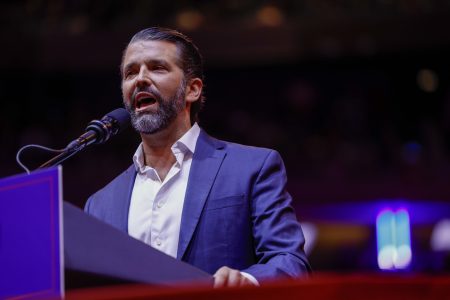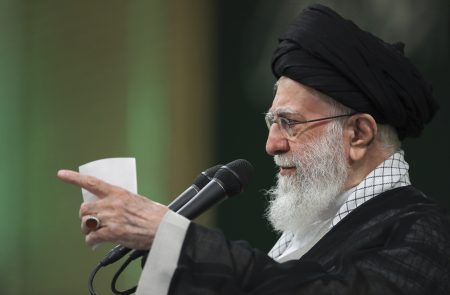The review of the attempted assassination of Donald J. Trump in July revealed some stark findings that underline the challenges faced by the agency in charge of protecting the President. The review highlighted the need for a comprehensive overhaul of the agency in order to prevent such incidents from happening in the future. The findings shed light on the deficiencies in the current system and emphasize the need for significant changes to be made in order to ensure the safety of the President.
One of the key findings of the review was the lack of communication and coordination between different agencies responsible for protecting the President. This lack of communication and coordination led to a breakdown in the security measures in place, allowing the assailant to get dangerously close to President Trump. This highlights the importance of improving communication and coordination among agencies to prevent such security breaches in the future.
Another major finding of the review was the inadequacy of the security measures in place to protect the President. The review pointed out several loopholes in the security system that allowed the assailant to come within close proximity of President Trump. This highlights the need for a thorough reassessment of the security protocols and measures in place in order to prevent similar incidents from occurring in the future.
The review also highlighted the need for better training and preparedness among the security personnel responsible for protecting the President. It was noted that the security personnel were not adequately trained to handle such high-risk situations, which contributed to the breakdown in security measures. This underscores the importance of providing comprehensive training and resources to security personnel in order to ensure that they are well-prepared to handle any potential threats to the President.
Furthermore, the review identified several systemic issues within the agency responsible for protecting the President that need to be addressed. These issues include outdated protocols, lack of resources, and a culture of complacency that hinders the agency’s ability to effectively protect the President. Addressing these systemic issues will be crucial in overhauling the agency and improving its ability to prevent future security breaches.
In conclusion, the findings of the review of the attempted assassination of Donald J. Trump in July highlight the urgent need for a comprehensive overhaul of the agency responsible for protecting the President. The review pointed out several deficiencies in the current system, including lack of communication, inadequate security measures, and insufficient training among security personnel. Addressing these issues and implementing necessary changes will be crucial in ensuring the safety of the President and preventing similar incidents from occurring in the future.












